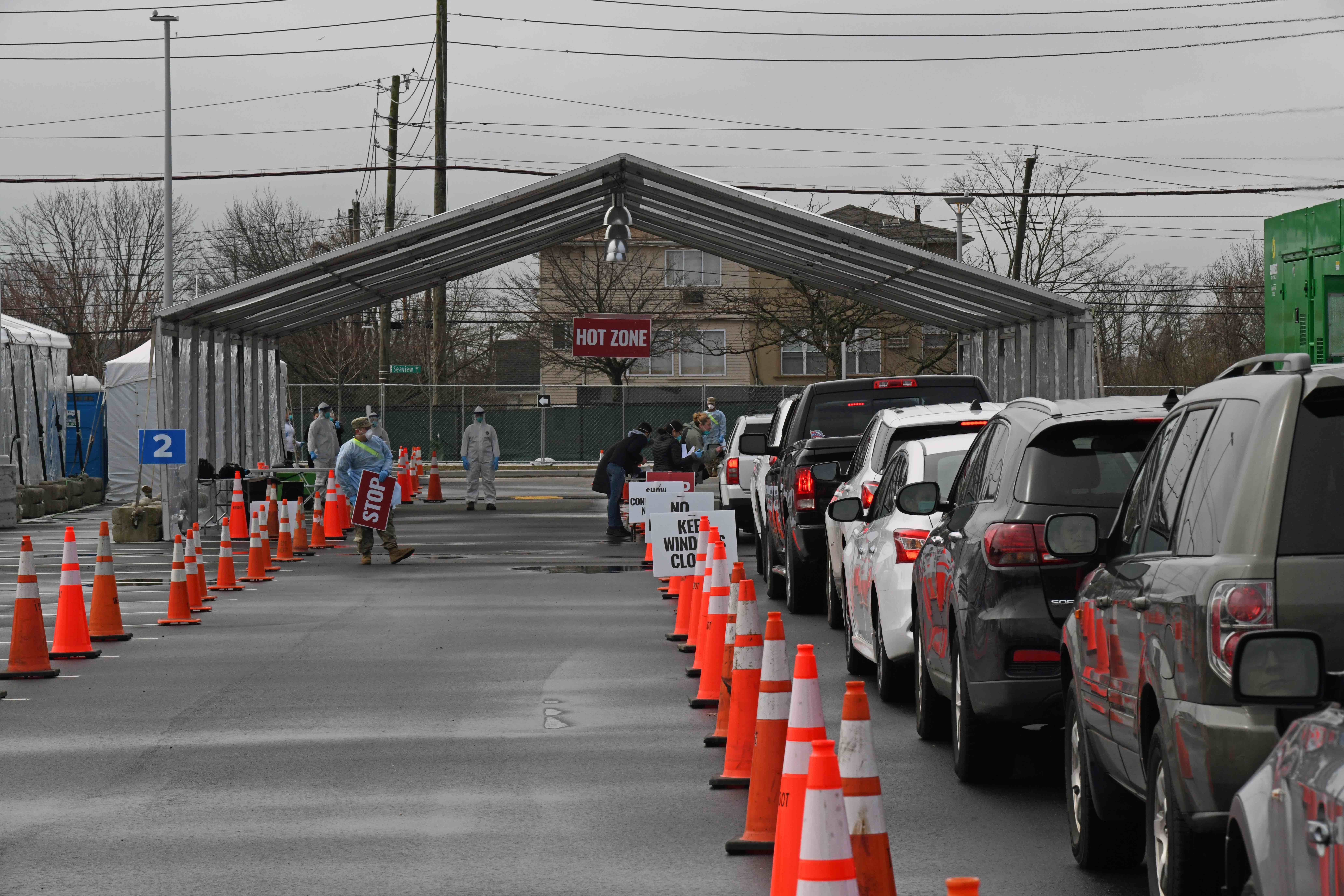
Array
(
[thumbnail] => https://s42831.pcdn.co/wp-content/uploads/2020/04/si_covid_testing-min-150x150.jpeg.optimal.jpeg
[thumbnail-width] => 150
[thumbnail-height] => 150
[medium] => https://s42831.pcdn.co/wp-content/uploads/2020/04/si_covid_testing-min-300x200.jpeg.optimal.jpeg
[medium-width] => 300
[medium-height] => 200
[medium_large] => https://s42831.pcdn.co/wp-content/uploads/2020/04/si_covid_testing-min-768x512.jpeg.optimal.jpeg
[medium_large-width] => 768
[medium_large-height] => 512
[large] => https://s42831.pcdn.co/wp-content/uploads/2020/04/si_covid_testing-min-1024x683.jpeg.optimal.jpeg
[large-width] => 1024
[large-height] => 683
[1536x1536] => https://s42831.pcdn.co/wp-content/uploads/2020/04/si_covid_testing-min-1536x1024.jpeg.optimal.jpeg
[1536x1536-width] => 1536
[1536x1536-height] => 1024
[2048x2048] => https://s42831.pcdn.co/wp-content/uploads/2020/04/si_covid_testing-min.jpeg.optimal.jpeg
[2048x2048-width] => 2048
[2048x2048-height] => 1365
[gform-image-choice-sm] => https://s42831.pcdn.co/wp-content/uploads/2020/04/si_covid_testing-min.jpeg.optimal.jpeg
[gform-image-choice-sm-width] => 300
[gform-image-choice-sm-height] => 200
[gform-image-choice-md] => https://s42831.pcdn.co/wp-content/uploads/2020/04/si_covid_testing-min.jpeg.optimal.jpeg
[gform-image-choice-md-width] => 400
[gform-image-choice-md-height] => 267
[gform-image-choice-lg] => https://s42831.pcdn.co/wp-content/uploads/2020/04/si_covid_testing-min.jpeg.optimal.jpeg
[gform-image-choice-lg-width] => 600
[gform-image-choice-lg-height] => 400
)
COVID-19: The Case for Reducing Energy Subsidies Now

Oil prices are plunging as governments and markets navigate the impact of the COVID-19 pandemic. With 80% of the global population under some form of lockdown to slow the spread of the virus, demand for fuel has plummeted.
As a result, governments have a rare opportunity to tackle a notoriously difficult and politically treacherous topic: phasing out regressive and climate-destructive energy subsidies. These reforms are always challenging to implement: developed and developing countries alike keep trying to do it, only to cave when confronted with protests. Yet the coronavirus pandemic may offer a unique window to revisit this issue and shift the resources that currently prop up subsidies to spending that better helps the people who are most in need. With oil prices at historical low and the working poor suffering the brunt of the pandemic’s economic fallout, governments are well-placed to meet social demand and take advantage of market dynamics by reducing subsidies—but they will have to craft reforms carefully to ensure political viability. Recent examples from Ethiopia and Indonesia offer reason to hope, and a blueprint for how to do it successfully.
Energy subsidies are a fraught subject. Working and middle-class people have shown themselves ready to take to streets to defend them—even though these subsidies are almost always regressive. Unbeknownst to many, the wealthy benefit the most from fuel and electricity aid, to a startling degree. The wealthiest 20% usually capture almost half of the government funds spent on fuel subsidies, while the poorest 40%—often the ones protesting in the streets to maintain the subsidies—receive barely 18% of that. So why not reduce the subsidies and reroute funds toward more targeted programs? Because it ends up being politically infeasible. Public reluctance to dismantle energy subsidies transcends cultural, geographic, or economic divides. As recently as 2018-19, the unrest witnessed across Chile, Ecuador, France, Jordan, Saudi Arabia, and Nigeria had a common motif: resistance to attempted changes in energy subsidies or taxes. Energy prices are particularly salient to the poor. In many developing countries, energy is the third-biggest household spending item, immediately after food and housing. It is no wonder then that people become agitated when energy prices are about to rise, even if the subsidies that keep prices lower benefit the wealthy more.
However, that does not mean reducing energy subsidies is always politically impossible—as the examples of successful reforms in Ethiopia and Indonesia actually show.
This January, Ethiopia marked the first anniversary of a challenging electricity tariff reform. The move had been considered a political gambit. Fears of popular resistance to price hikes in the cities led to delays and a decision to stretch the reform implementation period over four years. Yet no protest movement manifested, and Ethiopians ended up achieving a rare victory—a successful reduction of energy subsidies. Ethiopia’s achievement depended in part on the government’s gradual approach, which recognized that people perceive energy subsidies as acquired rights. Ethiopia’s electricity pricing system, introduced in 2005, was intended to be progressive. The main element consists of eight increasing block tariffs (IBTs) that tier electricity price depending on consumption volume. The first 50 kWh per month— the “lifeline block”—is the cheapest, while consumption exceeding 500 kWh is charged at the highest rate. National provider Ethiopian Electric Power (EEP) operates at a loss each year, but this was long accepted as necessary to protect the most vulnerable Ethiopians from price hikes.
However, a World Bank study in Addis Ababa revealed that the richest quintile of the city population collect around 30% of the subsidy, while the poorest quintile get only 13%—the opposite of the intended outcome. Instead of cancelling the subsidies outright, the government instead approved a new tariff schedule whereby “lifeline block” pricing will follow the old rules. In the other seven blocks, the average price per kWh will go up progressively, with the top block absorbing a four-fold price increase. The reform is designed to make EEP cost-neutral, freeing up funds to invest in electricity grids which reach new town and villages. While the Ethiopian reform might appear to be a modest compromise, it nevertheless represents a tangible step forward in a politically challenging environment.
Indonesia’s energy subsidy reform took advantage of good timing—a drop in global oil prices—and measures that sought to cushion the impact on the poor. Fuel subsidies have existed in Indonesia since independence in 1949. By 2014, when President Joko Widodo came to power, they accounted for 20% of the government’s budget. As usual, the rich were capturing most of the benefit of the subsidies. To make things worse, as a net-fuel importer, Indonesia’s subsidizing of fuel consumption meant a worsening trade balance and higher inflation that was hurting the poor. Cheap fuel also contributed to traffic jams in Jakarta, the most congested city in the world at the time.
Widodo’s reforms, which set out to change that dynamic, rested on three pillars. First, Indonesia directly linked the falling fuel subsidy to increased funding for social spending programs. The savings were also directed toward development of public transportation systems (like the Jakarta subway), not just to fiscal deficit reduction. The reduced subsidy and the new programs started on an almost simultaneous basis, creating a social contract instead of merely offering a vague promise of future spending. Second, Indonesia phased the subsidy out gradually rather than just cancelling it, and Widodo launched the process early in his term to give himself enough time to carry it out before the next election. Finally, Indonesia seized the opportunity to act at the time when global oil prices had already fallen. As a result, people were not as bothered by increasing prices as the subsidy phased out, because they were already paying lower prices for fuel.
The success stories from Ethiopia and Indonesia offer useful lessons for other countries facing COVID-19 and the resulting economic and social crises. The moment is ripe for tackling energy subsidies through well-crafted reforms that take a gradual approach. With oil prices low and the demand for social protection and services high due to the pandemic, the stars are aligned in policy terms. The regressive impact of energy subsidies is a drain on budgets that can ill afford to prop up the wealthy further right now—and the need to respond to the global crises gives governments the political cover to push through reforms. This is the time to act.
Photo: Vehicles line up at a COVID-19 Mobile Testing Center in Staten Island, New York (CC BY 2.0, US Air National Guard/Patrick Cordova).
More Resources
Stay Connected
Subscribe to our newsletter and receive regular updates on our latest events, analysis, and resources.
"*" indicates required fields



